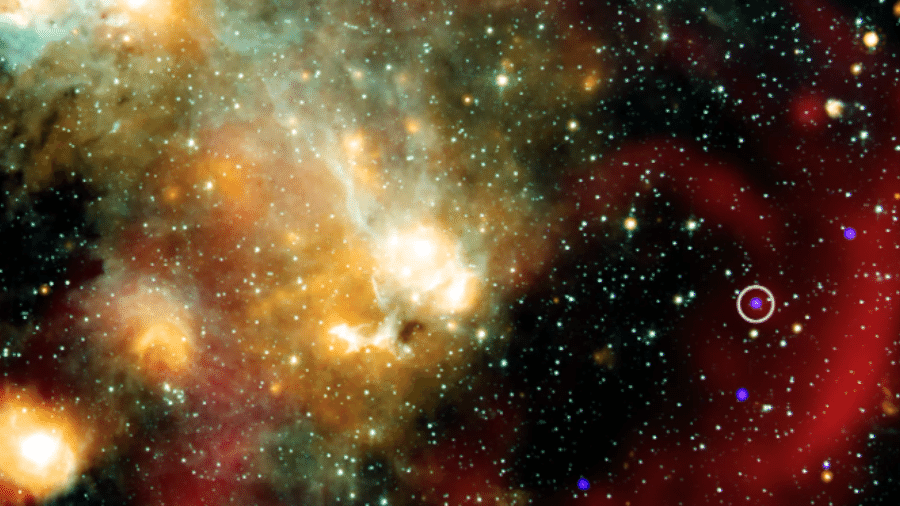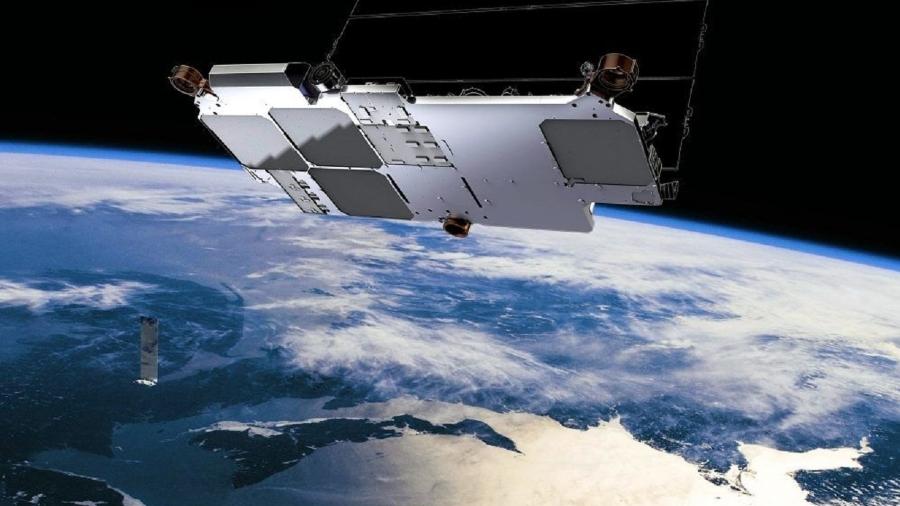Superlua Rosa: satélite estará com seu maior brilho até quinta-feira

Um fenômeno astronômico chamado Superlua Rosa poderá ser visto no céu entre a noite desta terça-feira (7) e a de quinta-feira (9), marcando a maior Superlua deste ano.
Isso acontece porque às 15h08 do horário de Brasília desta terça (7), a Lua fica na distância mais próxima em relação à Terra no ano todo. São 356.907 km de distância em relação ao nosso planeta. Cerca de 8 horas e 35 minutos depois, às 23h35, ainda teremos a Lua ficando cheia.
Superlua não é um termo usado por astrônomos. Na verdade, esse é um termo usado para indicar o momento em que a Lua em sua fase cheia ou nova está no ponto mais próximo do nosso planeta em sua órbita elíptica. Como este ponto é chamado de perigeu, se você quiser mostrar conhecimento científico hoje à noite, não diga Superlua, diga que a Lua está em sizígia perigeu.
O fenômeno contrário também existe. Quando a Lua está em seu apogeu, ou seja, o ponto mais distante da Terra em sua órbita elíptica, ocorre a chamada Microlua.
Apesar Superlua ser um momento ageiro, quase instantâneo, a Lua cheia de terça até quinta terá seu brilho "potencializado" e parecerá ainda maior.
O fenômeno também mexe com as marés. Movimentos de alta e baixa serão mais intensos que o normal. Chuvas e tempestades no litoral também podem ficar mais intensas.
Outro detalhe que é bom notar é que a Superlua Rosa não é cor-de-rosa. Ela recebe este nome porque o fenômeno coincide com o desabrochar da flor rosa Phlox subulata, que marca a primavera na América do Norte.
Para observar esta Superlua, é recomendável estar em lugares altos e com o horizonte livre. Basta olhar em direção ao leste, desde o pôr do Sol.
SIGA TILT NAS REDES SOCIAIS
- Twitter: https://twitter.com/tilt_uol
- Instagram: https://www.instagram.com/tilt_uol/
- WhatsApp: https://uol.page.link/V1gDd
- Grupo no Facebook Deu Tilt: http://bit.ly/FacebookTilt

























ID: {{comments.info.id}}
URL: {{comments.info.url}}
Ocorreu um erro ao carregar os comentários.
Por favor, tente novamente mais tarde.
{{comments.total}} Comentário
{{comments.total}} Comentários
Seja o primeiro a comentar
Essa discussão está encerrada
Não é possivel enviar novos comentários.
Essa área é exclusiva para você, , ler e comentar.
Só s do UOL podem comentar
Ainda não é ? Assine já.
Se você já é do UOL, faça seu .
O autor da mensagem, e não o UOL, é o responsável pelo comentário. Reserve um tempo para ler as Regras de Uso para comentários.